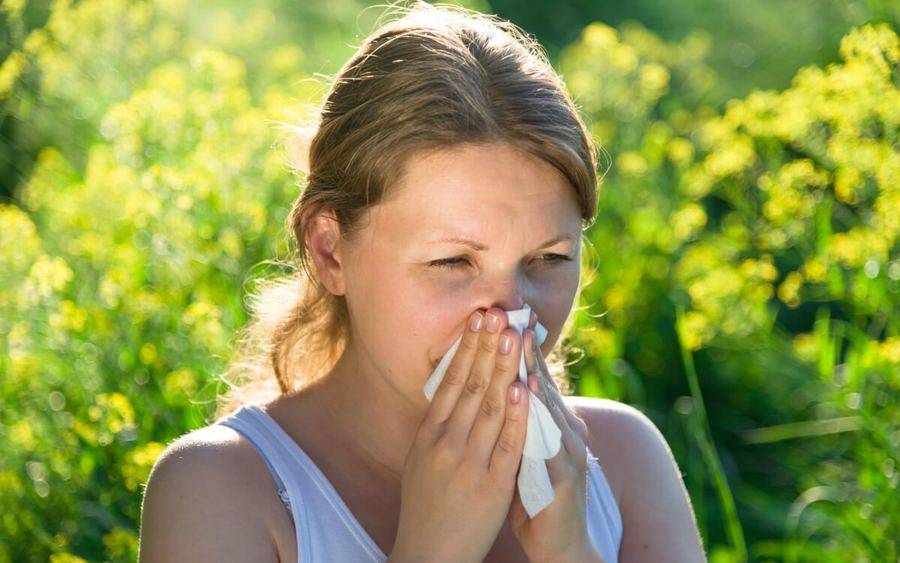How to Alleviate Allergy Symptoms in San Diego
What you can take and when to see your doctor

What you can take and when to see your doctor
May is National Asthma and Allergy Awareness Month, and in San Diego, springtime allergens are in full bloom. Katharine Woessner, MD, an allergist and immunologist with Scripps Clinic Carmel Valley, explains which irritants are most prevalent now and what you and your family can do to feel better.
When is allergy season in San Diego?
“In San Diego, there are allergens in the air all year long,” says. Dr. Woessner. “May is when grass, weed and tree pollen counts really start to increase, and that lasts through early summer.” Pollen can trigger sneezing, congestion, itching and irritation of the eyes, nose and throat, as well as aggravate conditions such as asthma and eczema.
What treatments can help with springtime allergies?
For mild sneezing and itching, start with over-the-counter oral antihistamines such as Claritin, Zyrtec and Allegra. “These are non-sedating and very effective, and the generic versions are equally good,” Dr. Woessner says. “I recommend avoiding the first-generation antihistamines such as Benadryl that tend to have a sedating effect, because they can make you drowsy. And in children, they may impede their ability to learn in school the next day.”
Are steroid nasal sprays a safe option for long-term use?
If antihistamines don’t completely relieve nasal congestion, try adding an intranasal steroid spray that attacks the root of the problem by relieving the nasal inflammation caused by allergies. “The safety profile of intranasal steroids is really well-established, and that’s why they’re now sold over the counter,” says Dr. Woessner.
“Flonase and Nasacort AQ are now available without a prescription, and generally are most effective when used correctly and consistently.”
She cautions that it is important to spray toward the outer side of the nostril; don’t aim toward the nasal septum, as this can cause bleeding. Try placing the tip of the device just next to the opening of the nostril and aiming ever so slightly toward the corner of the eye on the same side.
When should you see an allergist?
If over-the-counter remedies don’t help, it may be time to consult an allergist.
“Some people think they have allergies when they actually have a sinus infection or other illness,” says Dr. Woessner. “If your symptoms aren’t improving, make an appointment to find out what is really going on. If it is allergies, we can discuss other treatments.”
Allergy immunotherapy is the only treatment available that changes how your body reacts to allergens by administering increasing amounts of your allergens over time. Traditional immunotherapy uses injections and can be very effective. However, treatment requires shots in an allergist’s office for three to five years, and you need to remain in the office for 20 minutes after each shot to ensure you don’t have an allergic reaction.
For grass pollen allergies, sublingual immunotherapy may be an alternative. The FDA-approved treatment involves dissolving a tablet under your tongue every day. Though tablets do not have the same long-term effectiveness as shots, they can be taken at home without the risk of an allergic reaction.
What can people do to help minimize their exposure to outdoor allergens?
“A lot of it depends on where you live,” says Dr. Woessner. “Near the coast, our frequent onshore breezes keep exposure to pollen down, but as those winds blow inland through the canyons, they pick up pollen and carry it with them.”
If you exercise outdoors, Dr. Woessner recommends exercising closer to the coast to take advantage of fresh onshore breezes. If that’s not an option, try to exercise early in the morning before the wind picks up. Keep pollen out of the house by removing your shoes before entering and closing windows on breezy days. An indoor HEPA air filter can help remove pollen, dust and other irritants from the air.